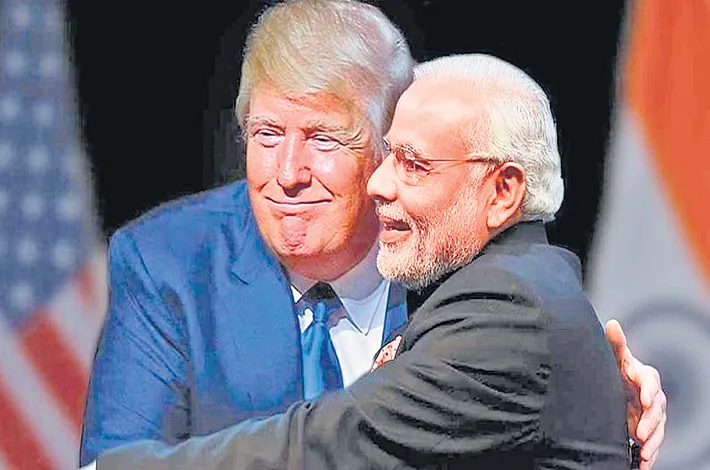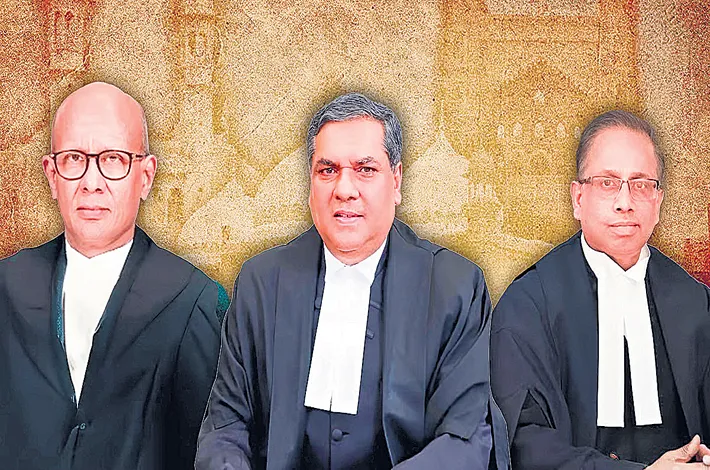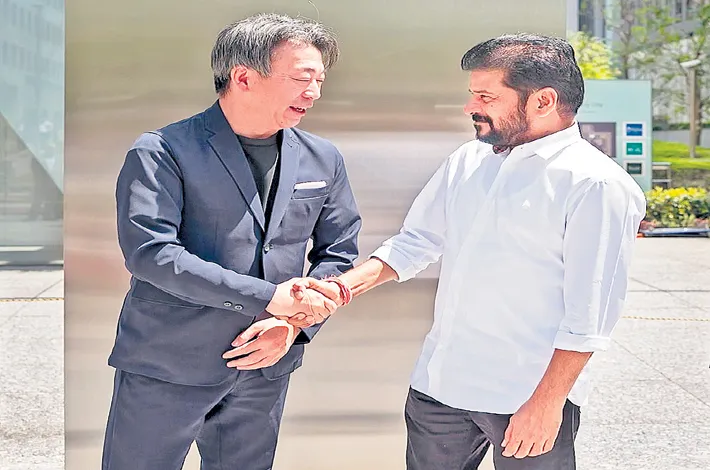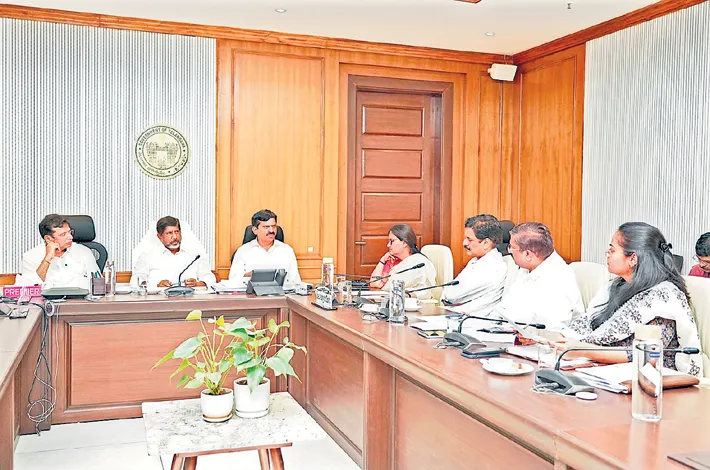India yet to firm up response to Trump
11-04-2025 12:00:00 AM

The Modi Dispensation on the one hand, it maintains studied silence to Trump Administration levying hefty trade tarrifs. On the other hand, it has been capitulating to the US by rolling out huge concessions to the US
For Prime Minister Narendra Modi, who took immense pride over his perceived proximity to United States President Donald Trump, the imposition of a hefty 27 per cent Trade Tariffs on India by the US, has come as a huge shock. Initially put at 26 per cent, White House later revised it upward to 27 per cent. Expectation within the Modi Government was that it would be around 10 to 15 per cent. But things have gone awry, the 90-day pause of the Trump Administration notwithstanding.
In a different situation, Prime Minister Modi acted with alacrity to take punitive action by terminating the trans-shipment facility for Bangladesh. This was in the wake of Bangladesh Interim Government Chief Adviser Mohammad Yunus allegedly cosying up to China with his remarks that India’s North-East is landlocked and reliant on Bangladesh for access to the ocean.
On the other hand, even days after the Trump Administration levying hefty trade tarrifs on India on April 2, the Modi Government chose to brazen it out and is yet to summon the necessary courage at least to formally react.
Not only Prime Minister Modi is conspicuous by his silence, but has not even fielded External Affairs Minister S Jaishankar to react to the move of the Trump Administration. Worse, still, Union Commerce Minister Piyush Goyal did not dare to speak up, even as the Commerce Ministry put out a tame statement, merely saying it would examine it. Even two weeks later, it continues to examine it.
In sharp contrast, several world leaders announced counter measures against the US. Even Italian Prime Minister Giorgia Meloni, seen as close to US President Donald Trump, said that the trade tariffs introduced by Trump Administration were wrong and would not benefit the United States. European Commission President, Australian Prime Minister and several world leaders spoke up, sharply reacting to US President Trump’s move.
Surprisingly, spin doctors of the Modi Establishment are out to find the silver lining to the cloud. They claim that the trade tariffs imposed on China by the US are higher at 54 per cent than what is imposed on India. After all, China is a rival economic pole to the US, with strong manufacturing base. India cannot draw consolation from that. Besides these spin doctors claim higher tarrifs were imposed on Vietnam at 46 per cent or 36 per cent on Thailand, as these are all seen as emerging manufacturing hubs, in view of the cheap labour available in these countries.
Now, it transpires that the 25 per cent tariffs on two top US trading partners, Mexico and Canada, 24 per cent tariffs on Japan and Malaysia and 25 per cent tariffs on Malaysia are all lower than 27 per cent levied on India.
In fact, trade tariffs imposed by the US is just one part of the story. The other, largely hidden, part of the story is the Modi Government agreeing for making greater concessions to the United States. Trade Tariffs hiked by the United States, combined with the concessions being given away by the Modi Government completes the picture. Therein lies the larger story how India stands to lose.
The Modi Dispensation has adopted a two-pronged approach. On the one hand, it maintains studied silence to Trump Administration levying hefty trade tarrifs. On the other hand, it has been capitulating to the US by rolling out huge concessions to the US.
Indications of such concessions came very early in the Union Budget presented in Parliament on February 1. Union Finance Minister Nirmala Sitaraman tucked away the concessions in the annextures, rather than showing it upfront in the main Union Budget. Now, this includes slashing import tariffs on motorcycles by 50 per cent and the EVs by 85 per cent, given away by India ahead of Prime Minister Modi’s visit to the US.
Part of the Modi Government capitulation to the US includes concessions on agriculture. Spin doctors are already in overdrive in making out a case for lowering of agricultural tariffs by India. It is being touted that India has considerable flexibility under the WTO tariffs structure to lower tariff rates for both agricultural and non-agricultural products at any time. Now, this seems to be a big giveaway, with a sense of foreboding of what more is in store, by way of greater capitulation to the Trump Administration.
More Indian agricultural concessions to the US seem to be on the anvil. In fact, India provides subsidies and support to its agricultural sector, including credit subsidies, debt-waivers, crop insurance and subsidies for inputs like fertilizer, fuel, electricity and seeds. This is done both at the levels of the Central Government and State Governments. If India agrees to import US agricultural produce, then, it exposes the Indian farmers to adverse impact. The India, US Trade Deal is ominous. India has trade surplus with the United States. Now, there could be downward slide, with India losing its original advantage.
Discussions are going on between the Indian and the US trade teams. These talks are aimed at the expeditious conclusion of a multi-sectoral Bilateral Trade Agreement (BTA) between India and the United States. Union Commerce Minister Piyush Goyal is expected to sign on the dotted line, anytime soon, probably in a couple of months.
What is clearly lacking is a vision. US trade tariffs were seen to be coming. There was no move to set in place alternative scenarios and what should be Indian response in any given situation. At any rate, even days after the levying of tarrifs, there was no move even on convening an All-Party meeting and to take the Opposition into confidence on dealing with a national situation. What is increasingly evident is the Modi Government creasing to resist the moves of the Trump Administration. Venkat Parsa








